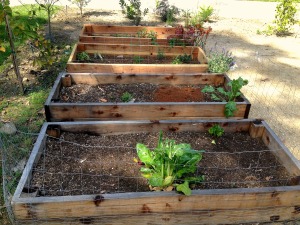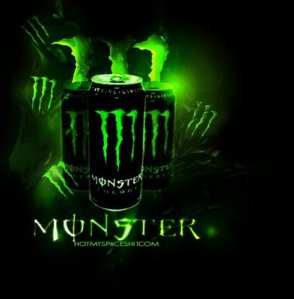 Photo Credit: http://g1wallz.com/wp-content/uploads/2009/04/froot-loops.jpg
Photo Credit: http://g1wallz.com/wp-content/uploads/2009/04/froot-loops.jpg
After 15 exciting weeks in the “Writing about Food” classroom, I can now come to the conclusion that French lawyer and gastronome, Jean-Anthelme Brillat-Savarian’s saying “Tell me what you eat, and I will tell you what you are,” is true. On the first day of class when I read this quote, I thought Savarian was being literal, meaning if a person ate a hamburger, they were a block of meat stuck between two buns, or a processed machine filled with McDonald’s. But, my perspective on this quote has completely shifted now that I have refined myself as a writer and broadened my definition of food. Just because I eat Froot Loops does not mean that I’m a puffy, colored, freckled, circular, ring tasting like processed fruit. Eating Froot Loops symbolizes the kid inside me, the taste of Saturday morning cartoons with my three brothers on the living room couch. It is the cereal that I drink the leftover milk that tastes like candy at the end of each and every bowl. It is the cereal that I still eat in the cafeteria when I miss my brothers to take my mind back to my living room, cuddled in my Barbie blanket watching SpongeBob, reminiscing back to my childhood. I am a froot loop. Drinking milk at the dinner table every night religiously does not define me as skim, two percent, reduced-fat, or whole, it brings back memories of sitting at the kitchen table with my brothers obnoxiously using our straws to blow mountains of millions of bubbles in our milk glasses while anxiously waiting for our parents to bring on the “tickle-attacks” as we laugh at our mischievous ways; it will always remind me that life is a balance of family and fun. I am milk. Eating BBQ Ribs does not just define me as a juicy, flavored meat, or a carnivore, but a woman who began making them from a young age with her grandpa on Christmas Day. It defines my family as the recipe that has been passed down generation after generation, and interconnects the “Johnson” family name. To me, ribs, not presents, are what I long for each Christmas Eve and wake-up early in anticipation each Christmas morning. It is the reason for my grandpa’s smile every time he sees his granddaughter, because he is reminded of a life-long friendship that was built on a solid foundation of cooking ribs with his little girl. I am BBQ Ribs. As a writer and a reader, I have now realized the true meaning through each food item. It is the symbolism, culture, history, and memories of food that qualify us by what we eat; not the literal description of the food. By writing blog posts about watching people dine at The Filling Station, writing about my own family recipes, researching the berries that I feared since I was young, and writing my own manifesto, it has allowed me to broaden my perspective on food and make me into a better writer. I realized the history behind food and how food is not just a “have-to” in order to survive, but a source that sparks a certain memory in all people of all ages and an item that brings all humans together in a unique way. Next time you sit down at the table, remember, are you going to be what you eat? The answer: yes.













 Original Monster Energy Drink Nutrition Facts Label
Original Monster Energy Drink Nutrition Facts Label